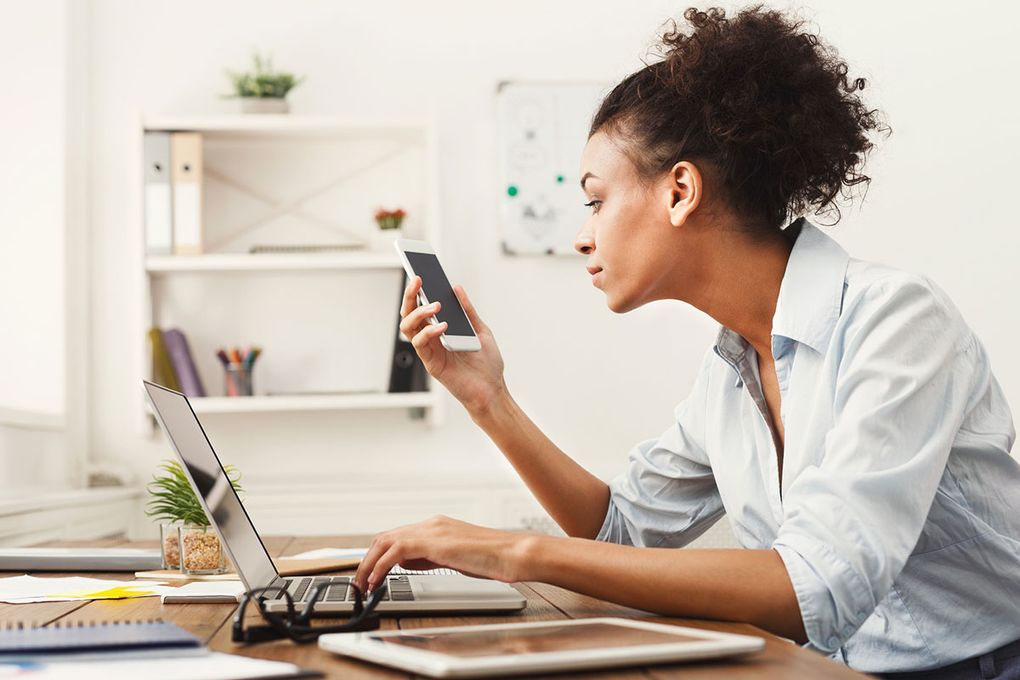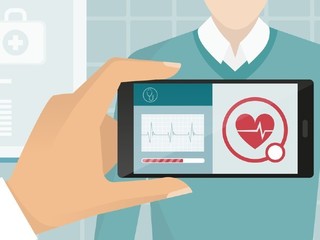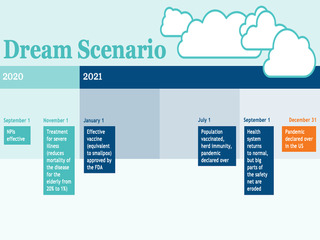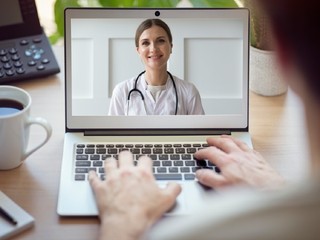Lore Health raises $80M, launches social network using AI to cure loneliness
LoreBot asks questions and provides encouragement, while users it with provide answers
Read more...
Of all technologies, telehealth has probably been the space most positively effected by the COVID pandemic. Not only did the amount invested in the space nearly double year-to-year this past quarter to $2.8 billion, but usage has gone up as well: it is now estimated that 20 percent of all medical visits this year will be done through telehealth.
Still, there is a lot that needs to still be studied about telehealth visits and their effectiveness. Sure, patients like them, most likely because of how much easier it is than driving to a doctor's office, but do they have the same outcomes as sitting face-to-face with a doctor? A new survey done by healthcare IT company DrFirst shows some potential complications on that front.
While the survey, which included 1,000 participants, found that 44 percent of Americans have used telehealth services during the pandemic, but it also found that a significant percentage of people are "multitasking during telehealth visits." That's another way of saying they aren't paying full attention to what their doctor is saying.
Nearly a quarter of respondents said they do things like surf the web, check their email and text during their telehealth visits, while a similar percentage said that they do things like watch the news, television or a movie while their doctor is talking to them. Over 20 percent admitted to either scrolling social media or eating, while 19 percent said they play video games, and 18 percent exercise while on a call with their doctor (at least that's something health related!). Other activities include smoking a cigarette, driving and having a drink (hopefully those last two aren't happening at the same time).
"When I first saw the data I thought, ‘You would never do this in person, so why are you doing it over telehealth?’ It does raise some concern about the effectiveness of the visits. I would be remiss if I didn't point that out," Colin Banas, M.D., Chief Medical Officer at DrFirst, told me in an interview.
A big part of these results simply have to do with our current culture and "how we all live connected to our digital devices," he said.
"The fact is that when you are not in person, and you have this artificial barrier in front of you and the person you're speaking with, meaning the screen, somehow you feel like there may be a license to do other things rather than devote your attention."
This survey didn't dive into how such distractions actually affect the quality of the visit, or if not paying attention ultimately has adverse effects on health. Those things, Banas said, are going to need to be studied in the months to come.
"Intuitively, it may affect the quality of the visit. Now bear in mind, we are doing something over telehealth that we had no other option but to do, and it is an amazing thing that we were able to advance in a very short order to still be able to take care of our patients. So, I don't want to disparage telehealth in the slightest. But I do think that distraction could definitely play a role in quality," he said.
Still, Bana did make sure to point out to me that the percentage of people who said they did other things was still quite low, around a quarter of all participants, and did not encompass the majority of patients.
"That speaks to the effectiveness of telehealth as a platform overall but it's definitely something that needs to be addressed."
Interestingly, and perhaps counterintuitively, 29 percent of patients said they dressed nicer when on video than they would have if they were seeing a doctor in person; that includes 43 percent of men and 10 percent of women. Only 14 percent said they wore pajamas on their telehealth call.
Video is also popular, with 84 percent saying they had used it during telehealth, including 89 percent of men and 77 percent of women. Those who are under 55 are also more likely to use it than those over 55.
So, on the one hand, the data shows people admitting to being distracted on calls, yet they also say they try to be on their best behavior while on video. One possible explanation for the disparity is that the people who admit to being distracted are those who speaking to their doctor via the phone, without video, so nobody can see them scrolling on their phone or eating.
Patients were also asked how they would fix what's wrong with telehealth, to which 26 percent of those surveyed responded that video clarity should be better, while 25 percent said they want to be able to text questions to their doctors before their visit. 23 percent said they want to be able to schedule their own visits online or in an app, that they want to see their own doctor and not a “random” telehealth doctor, and that they want to make telehealth easier to use for patients who are not as tech-savvy. Finally, 22 percent wanted to improve telehealth by making their doctor show up on time.
For Banas, the key way to fixing telehealth, and getting patients to pay attention is "engagement." That is something that DrFirst is working on, he told me: part of the company's solution is Backline, it's HIPAA-compliment messaging service, which allows doctors and patients to text each other.
"The video chat, or making that video connection, that's the easy part of the equation. There's a whole lot more to remote healthcare than just video chat: it requires a platform. So, the things that would improve the experience are the things that would bring the data more together, would bring the experience more together, allow you to exchange things over the platform, not just see each other face-to face-over video," said Banas.
Patients should, for example, be able to sign forms, exchange photos and data over the platform, which will then be tied back into the electronic record and the patient experience.
"I keep saying to folks that video portion is just the tip of the iceberg, that there's so much more to being able to care for our patients remotely and care for them asynchronously. Whether it's the Internet of Things or your smart devices at home, etc, and where that data flows and how does that get back to the doctor and vice versa. Those are the things that we are starting to connect up in what I call the digital revolution."
(Image source: seattletimes.com)
LoreBot asks questions and provides encouragement, while users it with provide answers
Read more...The company uses machine learning and AI to make radiologists more efficient by streamlining reports
Read more...Vitality employers and health plans will have the option to add Headspace products
Read more...

